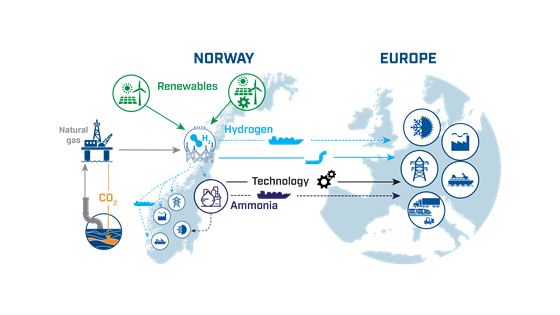
FME HYDROGENi
HYDROGENi is a centre for environment-friendly energy research (FME) dedicated to the research and innovations within hydrogen and ammonia needed to meet the 2030 and 2050 goals of the Norwegian hydrogen road map.

HYDROGENi is a centre for environment-friendly energy research (FME) dedicated to the research and innovations within hydrogen and ammonia needed to meet the 2030 and 2050 goals of the Norwegian hydrogen road map.
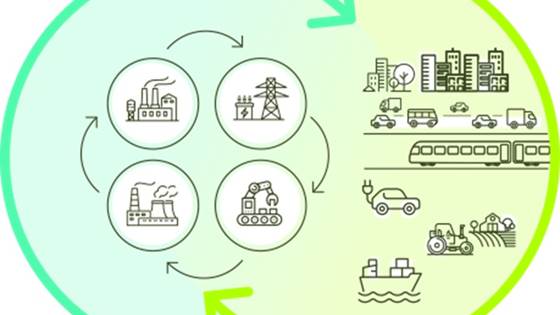
H4C Europe aims to accelerate the transition to industrial symbiosis, industrial-urban symbiosis, and circular economy by promoting what is called Hubs4Circularities.

The objective of the project is to explore the underlying causes of non-attendance and inadequate preparation for hospital appointments, and to develop recommendations for improvement.
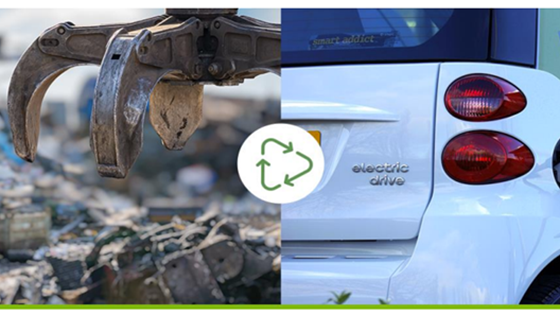
Achieving Europe’s climate-neutral objectives will fundamentally depend on our ability to develop clean energy and mobility solutions in the most sustainable way.
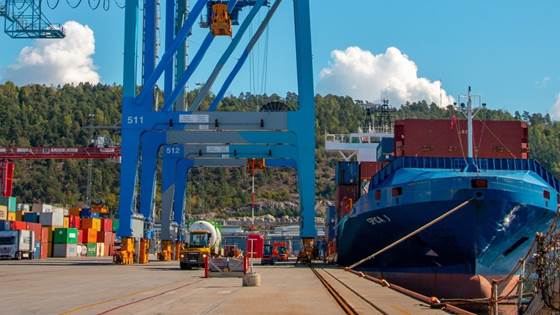
The port sector can play a crucial role in the transition to a zero-emission society, partly because it brings together various stakeholders and domains in the energy and transportation system.
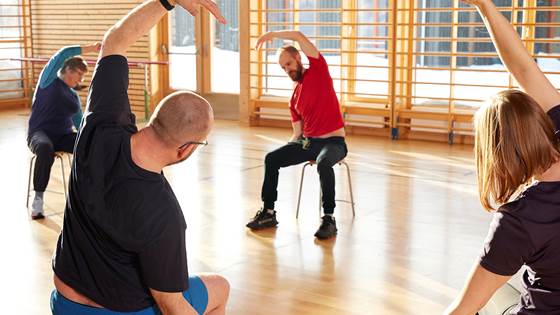
In CaReSceen, we will develop a clinical decision support system that would ensure that cancer patients in need of rehabilitation are offered adequate rehabilitation services at the right time at the point of care.
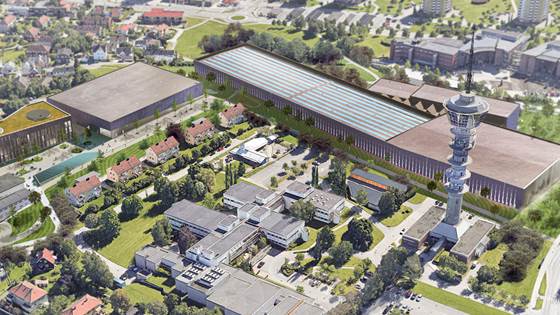
The centre will become the national knowledge centre for ocean space technology. The purpose of The Norwegian Ocean Technology Centre is to secure Norway’s position as a leading ocean nation and contribute to the green shift in Norwegian ocean...
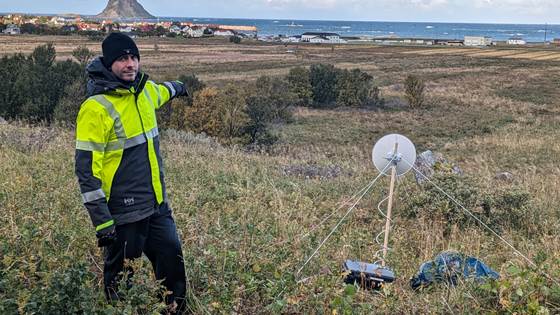
The project is focused on the development of systems and methods which will allow spectrum management authorities and other stakeholders to detect, localize, and apprehend emitters of illegal radio frequency interference signals quickly and...
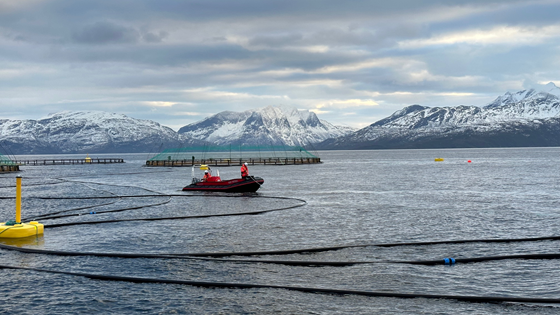
Combining salmon and kelp through integrated aquaculture to test the IMTA effect in Northern Norway.
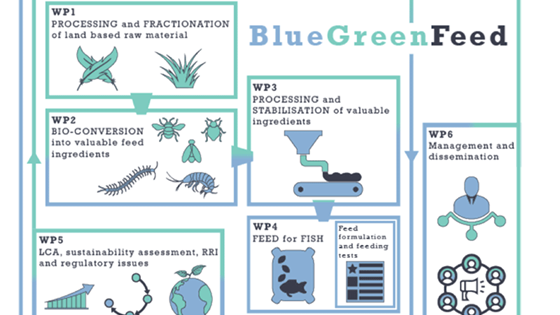
Synergy of blue and green sectors for resilient biomass production and processing to develop sustainable feed ingredients for European aquaculture

OLAMUR brings together multi-use low-trophic aquaculture (MU-LTA) related key sectors, to demonstrate sustainable commercial solutions for both the North and the Baltic Sea.
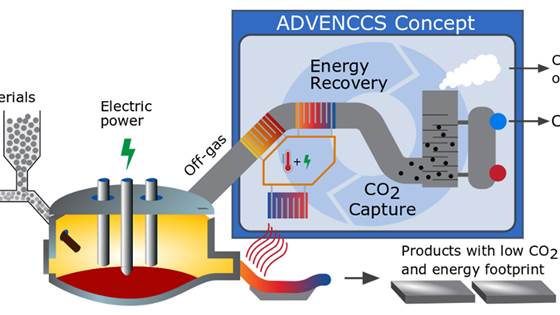
ADVENCCS focuses on CO2 capture from the ferroalloy industry, which is currently responsible for 3 Mt/year of Norway’s CO2 emissions. By developing novel technologies and competitive process concepts that integrate CO2 capture and energy recovery...
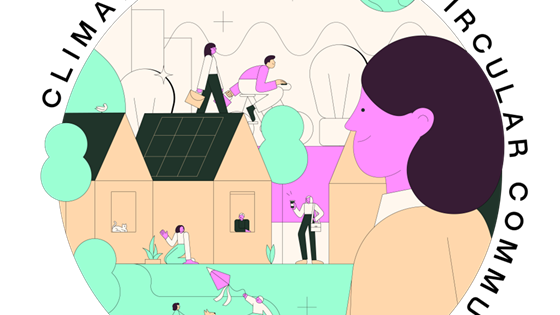
A Living Lab approach towards community engagement and awareness raising to facilitate Climate Positive Circular Communities transition
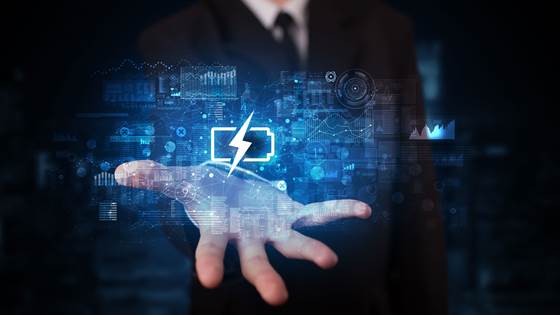
A new secretariat to energise Batteries Europe
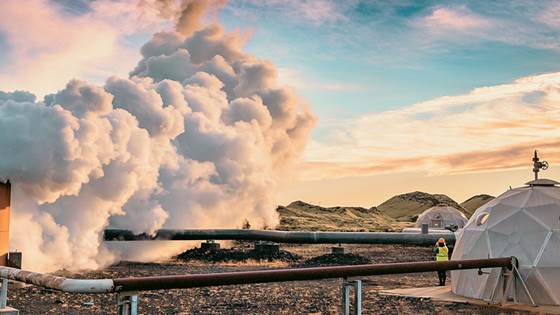
The COMPASS project's main goal is to create and test new drilling and completion technologies to boost the number of economically viable high-temperature geothermal wells.
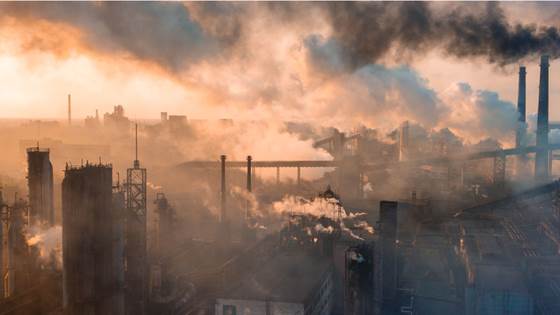
Within the EU, up to one third of energy for industrial thermal processes is lost through waste heat. The potential power generation from this resource through full use of ORC technology would represent around 7,6 million tons of CO2 equivalent saved...
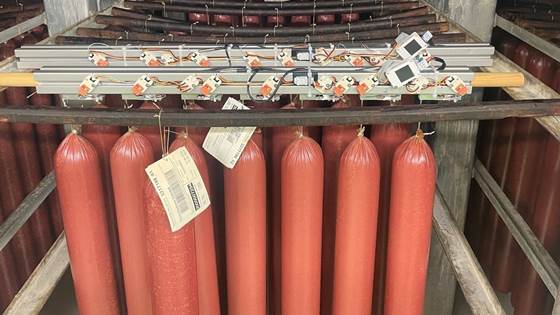
The project will develop and implement a digitized learning process, and decision support system that provides more predictable production time, reduced waste, predictable cured sausage quality, increased employee involvement and better overall...
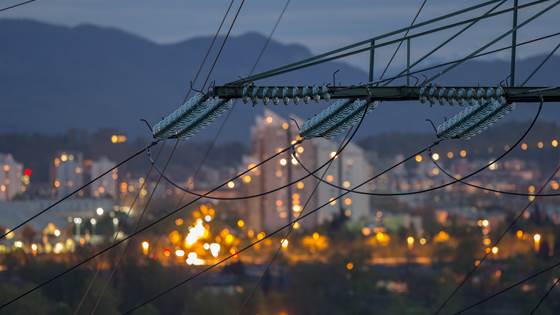
FORSEL will develop tools and methodologies that will help Norwegian grid companies to utilize the opportunities for flexibility in the power grid and make good choices when it comes to future load and the connection of new electricity customers to...